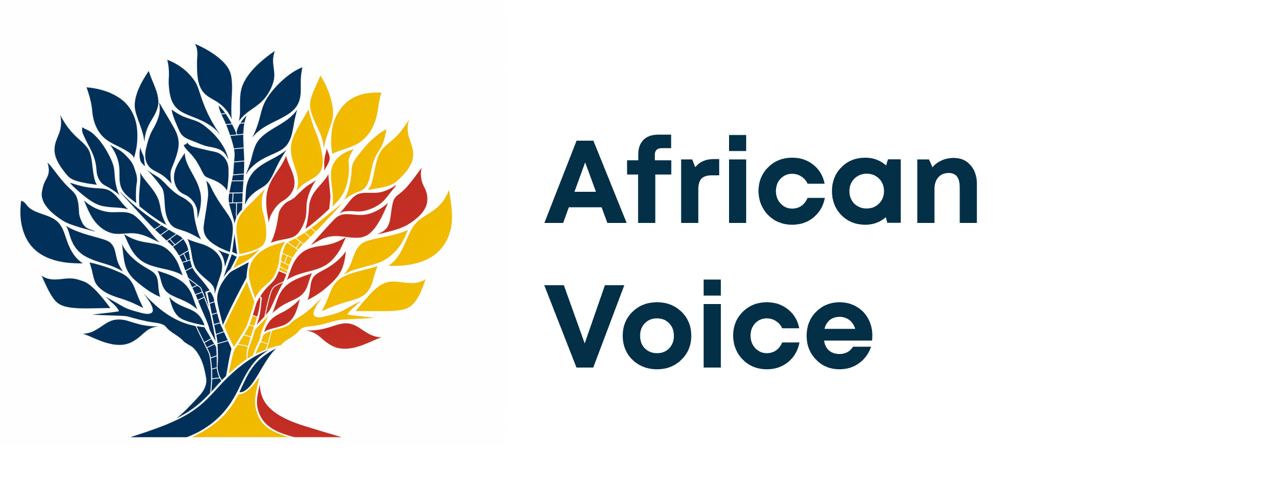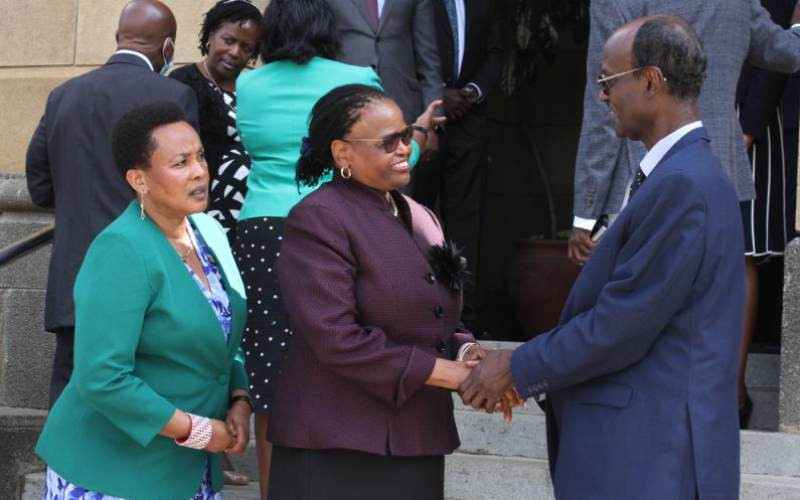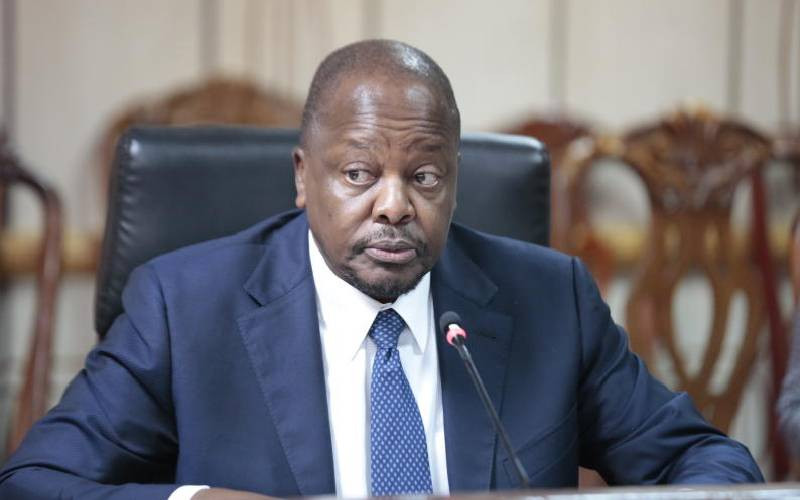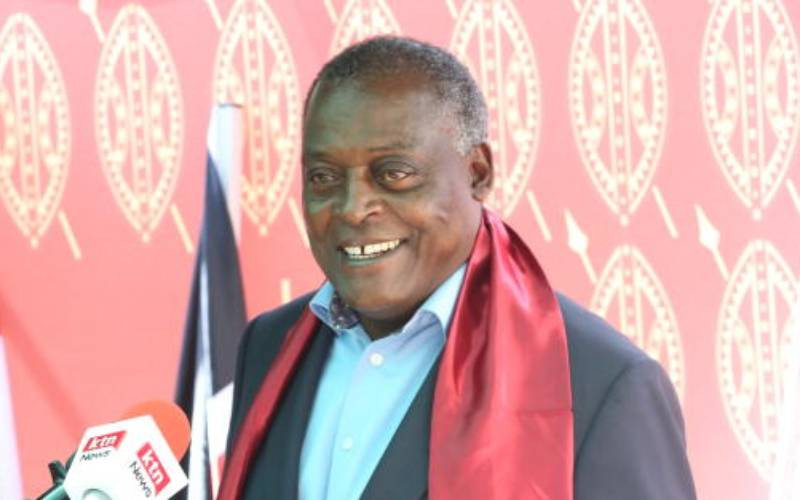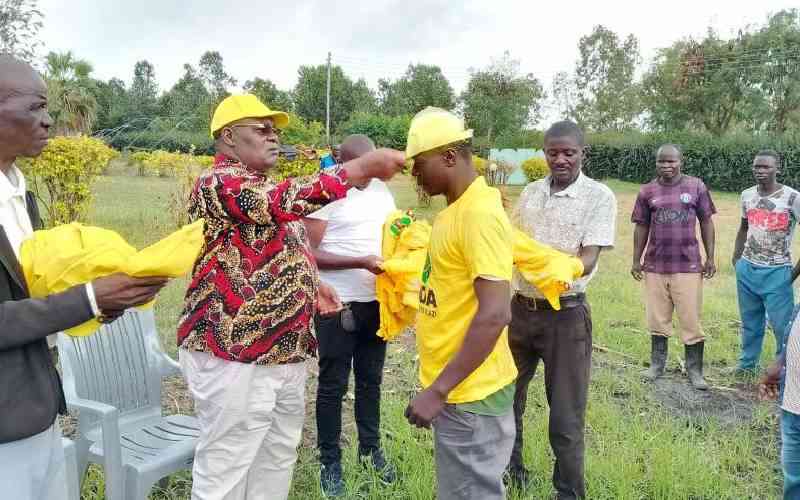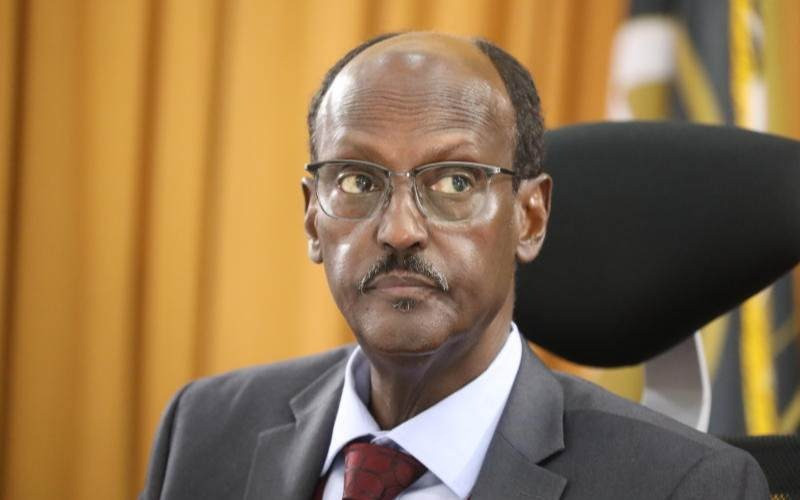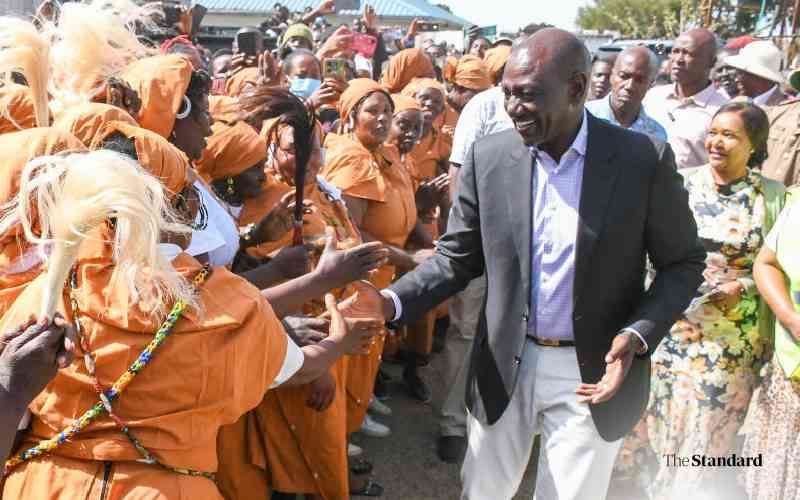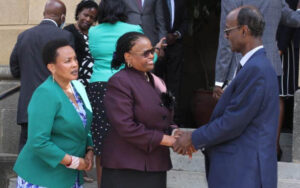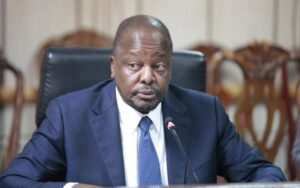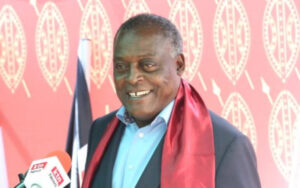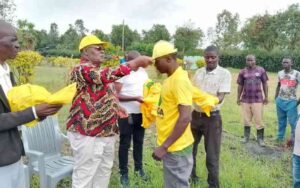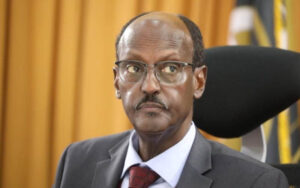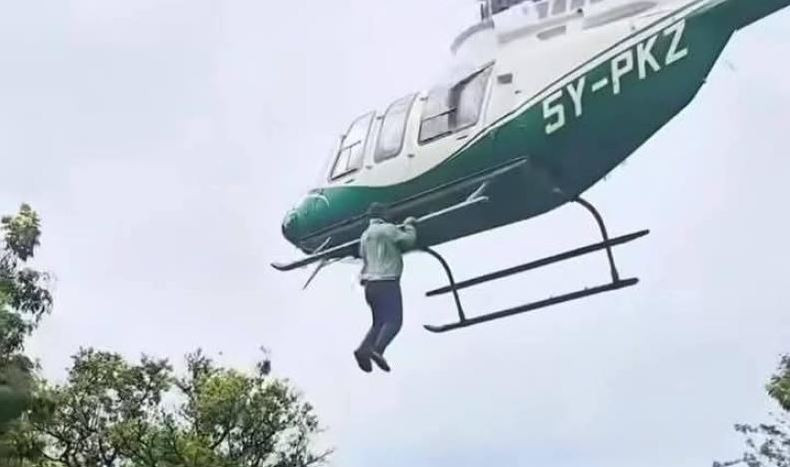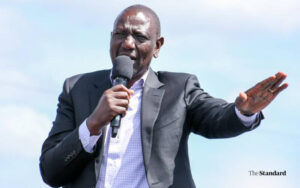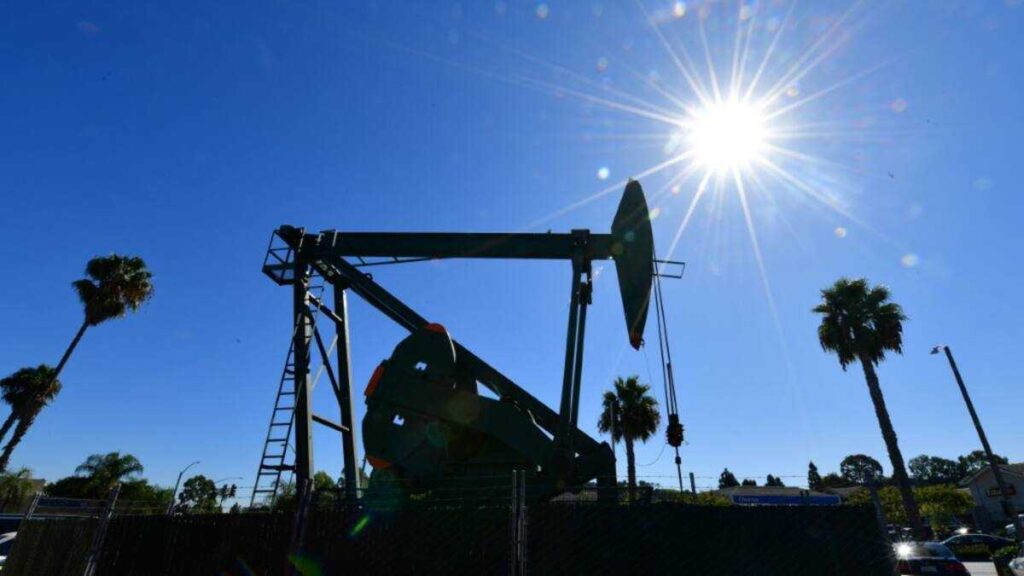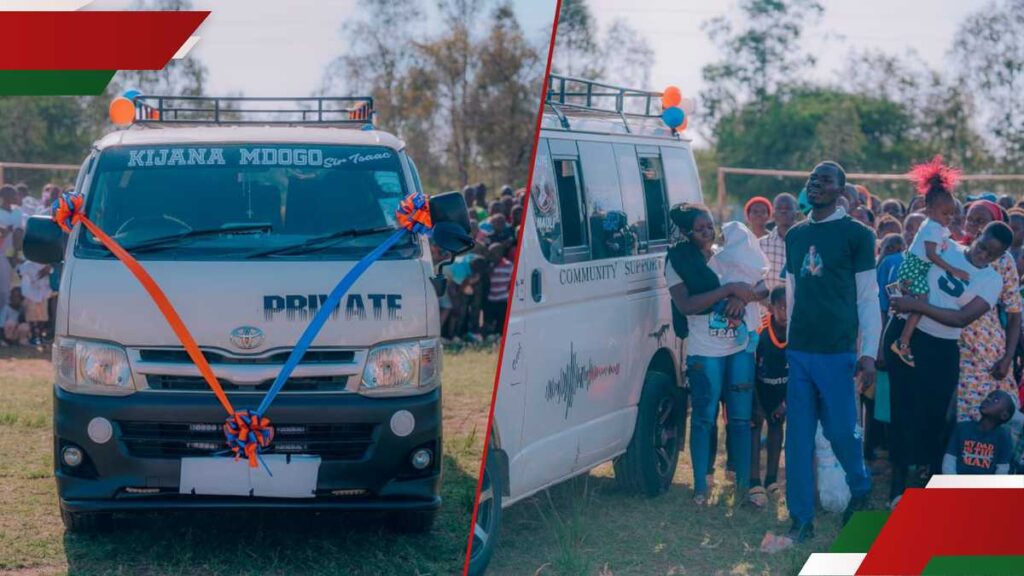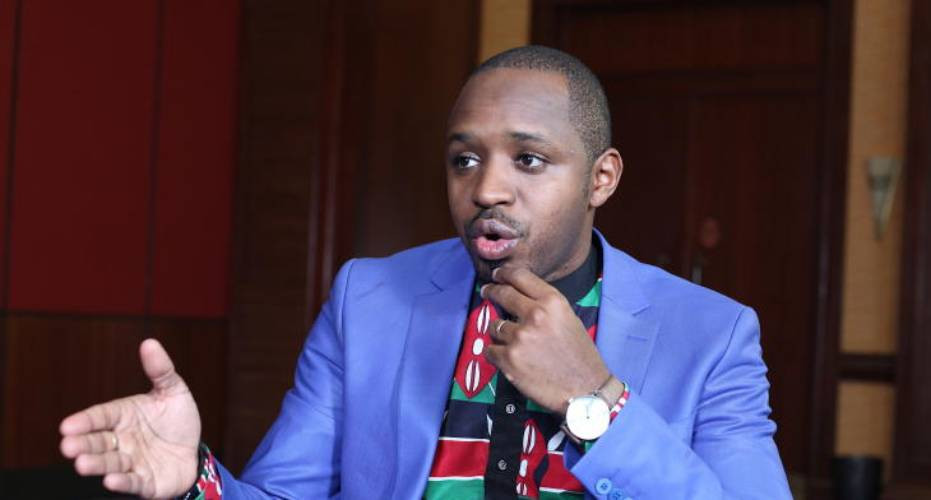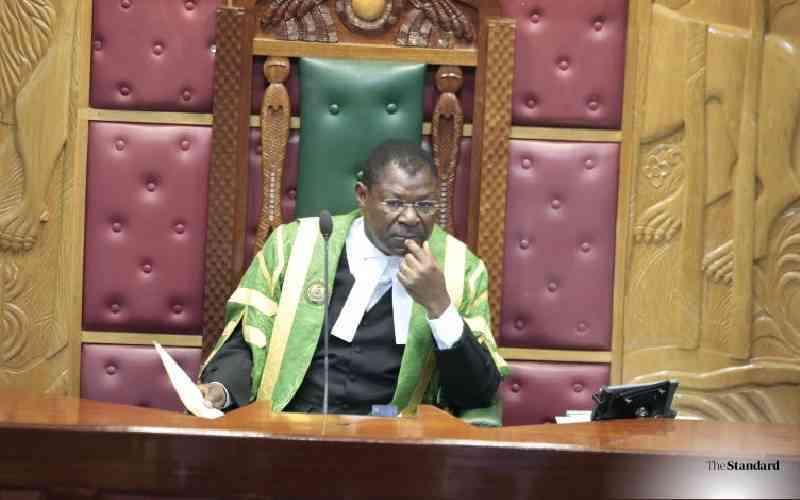Every cheer or jeer at a political rally comes with a price, particularly when anticipated hostility must be managed and public perception of loyalty—whether real or imagined—must be carefully managed.
When President William Ruto set out for his much-anticipated visit to Mt Kenya last Tuesday, it had been nearly half a year since he last visited the region. Expectations were high, with many speculating that the President would be met with hostility.
Five days into his tour, the jury is out. He received cheers from unlikely quarters but tears for some of his close allies who were booed out of stage by irate crowds.
The Standard has gone behind the scenes to establish the economics of cheering the president.
In what appears to be an elaborate industry, elected leaders through their aides pulled all stops, heavily relying on loudmouths and rabble-rousers such as noisy boda boda riders, to ensure President Ruto was not greeted by empty streets or venues when he turned in remote hamlets around Mt Kenya to inspect or launch development projects.
In a 2021 study, Tom Mboya, a governance consultant and Prof Karuti Kanyinga, a political scientist, published a study on the cost of politics in Kenya, highlighting the role money plays in mobilising voters, which offers insight into what was happening in Mt Kenya this week.
“There are some regions of the country where voters will not accept a Sh50 handout (US$ 50 cents) and instead demand not less than Sh500 (US$ 5) to attend a meeting, according to individuals interviewed for this study. In other regions, Sh50 (US$ 50 cents) is accepted on the understanding that many candidates would come round and give a similar amount, or even more.
“According to the study, in Nairobi, when an MP from Northern Kenya meets with one of his constituents, he must part with Sh1,000 (US$ 10) in transport money, whilst an MP from the former Central Province may only have to part with Sh500 (US$ 5)21,” their report noted in part.
Their study found that voters had become accustomed to handouts that they often demand.
“Voters demand payment because some of those elected rarely engage with voters after elections. They recognise this and therefore insist that they get something before that happens. Respondents said that voters demand ‘hand-outs’ because they know those elected go to office only enrich themselves. Election time is the only chance they have to get a ‘bit from them’.
In addition, there were respondents who pointed out that the level of corruption in Kenya among elected officials is high. They “get to public office and plunder resources…which they use for campaigns at election time”. These respondents argued that voters are disillusioned by levels of corruption in which elected official are at the centre. To them, the election presents an opportunity to get what they consider to be theirs – money stolen from the public. This pressure from below results in candidates spending more money at election time. If one does not play ball, voters shift attention to those who will give cash hand-outs.”
The shouting and cheering crowds that greeted the President in Nyeri, Nyandarua, Muranga, Embu and Meru when he visited had been preceded by elaborate planning, mobilisation of people and came at a cost.
The mobilisers, variously known as community pillars who shape opinion in various areas were identified by their respective Members of Parliament. According to multiple sources these pillars were offered on average Sh10,000 and given a target of about thirty people who were to accompany them to the various stopovers.
Each of the persons identified by the mobilised, The Standard has established, earned between Sh3,000 and Sh300, depending on the location they were to travel and the number of hours they attended the presidential function.
Stay informed. Subscribe to our newsletter
In Nyeri, mobilisation efforts were done particularly among boda boda riders, who played a key role in welcoming the President.
MPs and other government officials from the region worked to bring in as many supporters as possible to create an atmosphere of overwhelming approval for Ruto, signaling that he still held sway in the region despite recent political tensions.
According to Charles Ndegwa, the chairman of the Nyeri County Boda boda Association, more than 1,300 riders were mobilised to welcome the head of state during his visit to Kieni Constituency on Tuesday.
“Riders from Kabaru and Kimahuri received Sh1,500 each, riders from Chaka were paid Sh1,200, while those based in Narumoru got Sh1,000 each,” he said.
The riders were divided into three groups, each sponsored by different leaders. One faction was mobilised by a Principal Secretary, who provided reflectors bearing his name. Another group was sponsored by an MP, while the last group received support from a State House operative. The riders were strategically placed and instructed to cheer President Ruto as he made his way through the constituency.
“We came to listen and talk to him, but we were not given a chance, but financial incentives for participation were appreciated. Many riders had hoped for a platform to discuss pressing issues such as high taxation, fuel prices, and insurance costs, which continue to burden them,” Ndegwa said.
According to Ndegwa, the number of riders for a second visit by the president today was set at more than 1,600 riders.
“The numbers are growing because many riders see this as an opportunity not only to make some money but also to show their political alignment. However, our hope is that in future visits, we will get a real chance to express our grievances to the president,” he added.
A trader said she had been approached by local organisers and asked to mobilise a group of women to perform traditional Kikuyu songs while dressed in cultural attire to welcome the President at different venues where he was scheduled to address the public.
The women were promised Sh1,000 each for their participation, an amount that was meant to cover their time and effort. However, after the event, they were only given Sh700.
“We were told we would each get Sh1,000, but after everything, they only gave us Sh700. When we asked about the balance, we were dismissed without an explanation,” she said.
Ruto’s visit began in Laikipia County where the President launched and commissioned various development projects before he proceeded to Nyeri County, where he landed at Mwicwiri Primary School in a fleet of helicopters, accompanied by key government officials and political allies.
In Nyandarua, the going rates were Sh2,000 for some youths who were then bunched together and placed strategically at one place during the rally so that they could easily be monitored or instructed by their mobiliser.
The facilitation, according to attendees who talked to The Standard, was channeled through the office of woman MP Faith Gitau. She has, however, disputed this, saying that attendees went voluntarily.
“I did not pay anyone to attend. Those are false claims by my political opponents” she told The Standard.
However, a youth leader, Joseph Kang’ethe, claimed he personally received the cash from her office. “We were told to mobilise other youths to attend the rallies,” he said.
He was told to mobilise 300 youths, confirming each was to receive Sh2,000. They were given the money later.
The mobilisation efforts for the President’s tour in Embu were largely driven by group leaders, but local sector representatives, such as Martin Muchira, Chair of the boda boda sector, raised concerns about the lack of early involvement.
Muchira said riders were contacted at the last minute and given a meager Sh500, while other groups, including those from Embu Market, received as little as Sh300. He expressed frustration with the disorganised mobilisation process.
In contrast to the tensions in Embu, the President’s earlier visits to Kamburu in Mbeere South and Runyenjes Town were met with enthusiastic crowds.
As the President’s arrival drew near, Cabinet Secretary nominee Geoffrey Ruku was seen moving through the streets of Embu Town, engaging with residents to ease the mounting anxiety. His efforts seemed to help calm some of the underlying tensions.
The eve of the President’s tour saw growing dissatisfaction among Members of the County Assembly (MCAs), who expressed frustration at their exclusion from the planning and mobilisation process. Their lack of involvement led to threats of a boycott, further escalating the situation. The MCAs accused Governor Cecily Mbarire of mismanaging the funds allocated for crowd mobilization, alleging that the money had been diverted to individuals aligned with the Governor.
The MCAs were particularly upset about Mbarire’s decision to use her Governor’s Delivery Unit (GDU) for mobilisation, bypassing the Ward Representatives. In a dramatic move, the MCAs invited the media to address the issue, accusing the Governor of mismanaging resources. A crisis meeting at the County Assembly saw the MCAs air their grievances, with some accusing colleagues of absconding with funds meant for grassroots mobilization.
It took the intervention of Cabinet Secretary nominee for Public Service, Human Capital Development, and Special Programs, Geoffrey Ruku, to mediate the situation. Ruku played a crucial role in bringing the MCAs and the Governor to the negotiating table, ensuring a more coordinated effort for the President’s visit. After lengthy discussions, the leaders emerged, pledging to set aside their differences for the sake of the visit, attributing tensions to “enemies of development.”
In Muranga, Majority of the people who attended the political gathering during President William Ruto’s tour of Mt Kenya region were paid between Sh5,000 and Sh2,000 but some were given as little as got Sh500 from the mobilisers.
In Kangema and Maragua constituencies, thousands of shillings circulated among the youth and the elderly following fear that the rivals could incite them against attending the meetings to be addressed by President Ruto.
A resident of Iyego, Mr Issa wa Njambi said majority of the people who attended the meeting at Karugia market were paid Sh1,000 and some less.
He explained the local administration and politicians had targeted key pillars to mobilise in the villages.
“Each of the mobilisers had a hefty kitty after a well-coordinated assignment. On Wednesday, the residents in Iyego had a free supply of maize flour,” said Njambi
But renting or buying political support, Gitile Naituli, professor of leadership and management, argued, is a waste of public resources.
“Government funds are not campaign war chests. The executive must end the culture of dishing out money to political allies under the guise of development projects or “emergency interventions.” These funds rarely trickle down to the people; they serve only to secure loyalty. Treasury must enforce strict controls to ensure public money is used for its intended purpose, not political survival,” said Prof Naituli.
Another political commentator, Dr Charles Njoroge, who teaches at the Jomo Kenyatta University of Agriculture and Technology argued that politicians mobilise to create the perception of popularity, which he faulted for enabling corruption.
“The moment you buy popularity, you are corrupting the ideals of Kenyans. You can not claim to be fighting corruption and yet you are promoting it through bribery “ said Dr Njoroge. He argued that the ruling class had manufactured poverty to make the masses subservient to them.
By Harold Odhiambo, Amos Kiarie James Munyeki, Boniface Gikandi, Muriithi Mugo, Jane Mugambi and Phares Mutembei

